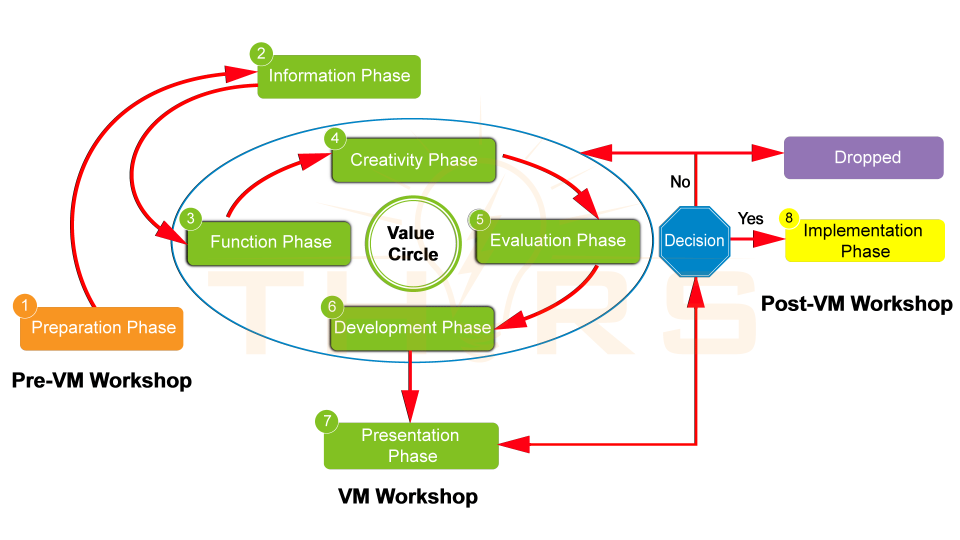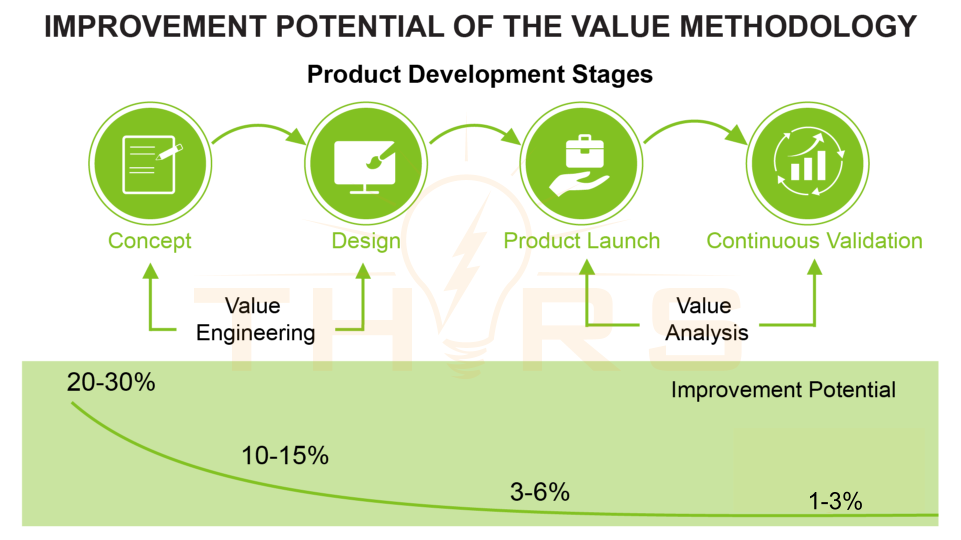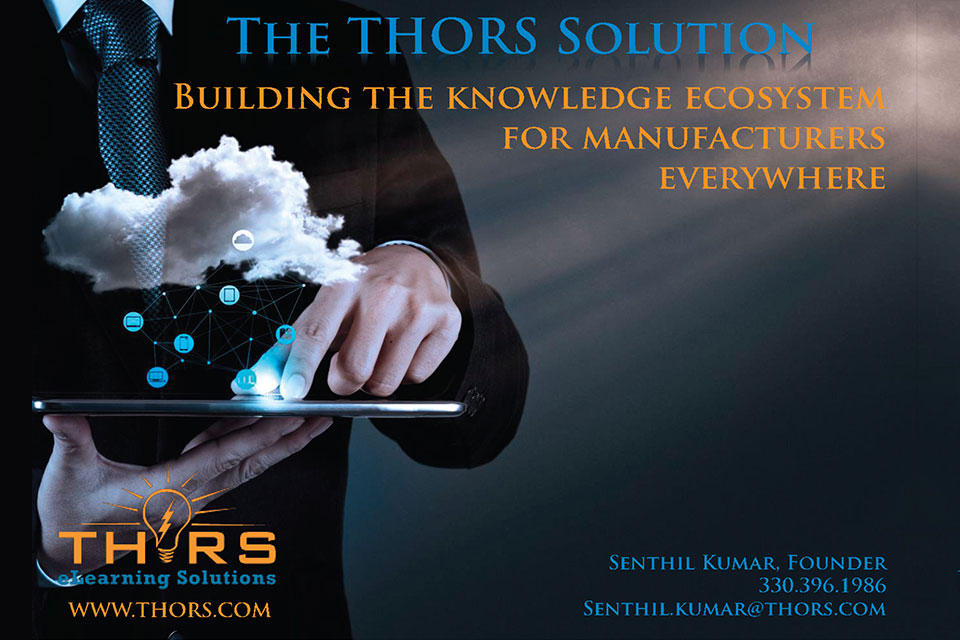Using Value Methodology (VM) principles has helped one of our customers determine ways to manage rising tariff costs. This scenario is further explained at the end of this article.
Value Analysis and Value Engineering (VAVE) is a problem-solving and decision-making tool for optimizing quality, cost, performance, risk, and schedule of a project; it also drives innovation and development of intellectual property. Value analysis and value engineering are governed by the principles of the Value Methodology, which are applicable to any product, process, system, service, or facility. Many companies are using VAVE today to improve processes, define training initiatives for their next fiscal year, and to determine ways to manage rising costs.
What are the Value Methodology phases?
The Value Methodology has eight distinct phases that progress sequentially.

- The preparation phase involves goal setting, planning, information gathering, and selecting a value study team.
- The information phase entails sharing the collected information with the value study team.
- The function phase involves listing, classifying, and organizing by establishing logical relationships between all the functions in a project with inputs from the value study team.
- The creativity phase is the structured brainstorming session during which the value study team generates ideas by using prioritized functions from the function phase.
- The evaluation phase involves assessing, prioritizing, and grouping ideas generated in the creativity phase.
- The development phase consists of translating the ideas, which were identified in the evaluation phase, into business cases.
- The presentation phase comprises presenting the business cases to the management. The management decides on which business case to pursue first, and it allocates financial and human resources.
- The implementation phase involves reviewing business cases to ensure availability of resources and eliminate roadblocks for prompt implementation.
How can using VAVE help manage rising tariff costs?
Recently, a company came to us with interest in our VAVE online course. Only 2 people at their facility were required to be certified as Value Professionals, but they needed a program for the remaining 35 people who would be involved in their value study team.
This company realized the communication of the value study team with the VAVE Certified Value Professionals would exponentially improve if they all knew the basic terminology and general process of VAVE in order to all work effectively together.
We set up a three-part program for those value study team members to enroll in our THORS VAVE course and afterwards take part in a live VM workshop with a subject matter expert. The value study team members first took the THORS online VAVE course, then had a kickoff call with the SME to identify the types of information they would need to gather for the preparation phase, and then the first stage of the live workshop began with phase 2, the information phase.
This approach was very beneficial to our customer; all of the value study team members gained the background knowledge at their own pace through the online course, and they were able to walk into the workshop prepared. The company significantly cut training costs surrounding the value study team members’ time, as well as the SME’s time and cost since the SME did not need to teach the basic vocabulary and concepts.
Afterwards, this company shared with us that this training could not have come at a better time.
Armed with a working knowledge of VAVE terminology, including the changes made by SAVE International for 2025, the Value Methodology phases, and what is required in each phase, their team is tackling new initiatives surrounding reducing expenses and managing the impact of rising tariff costs.
If this sounds like something you’d like to discuss for your team, contact us today!



